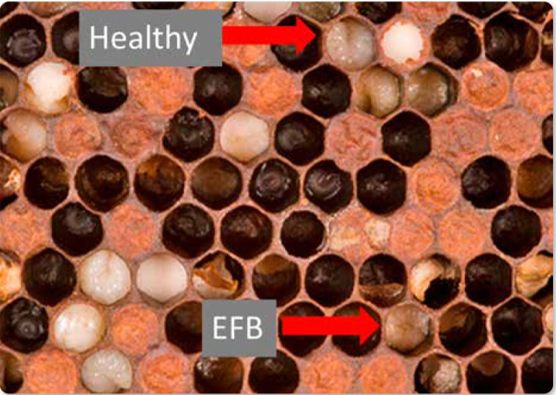SBA Janet Foreman Funding Research Update
DECODING THE HONEY BEE WAGGLE DANCE
Anna Hadjitofi, University of Edinburgh
Antennal positioning unlocks the dance
We observed that when a nestmate approaches a dancing bee, they stretch out their antennae evenly from their midline which are then touched repeatedly by the dancer as it waggles by.
Crucially, the position of the bees’ antennae are altered based on the angle of their body relative to the dancer. This suggested that the bees could decode the angle of the dances, and
therefore food, when positioned at any angle to the dancer – i.e. facing the dancer head-on, side-on or from behind – and even from varying positions, by combining positional signals from
their antennae with their own sense of gravity. This is like being able to read a map upside down or sideways – an impressive feat for the tiny bee brain.
The neural circuitry: simple yet sophisticated
To identify a possible neural mechanism underlying this process, we turned to recent insights into the insect brain, specifically a brain region called the central complex associated with
navigation and spatial awareness. Using a computer model that replicates known circuits in the central complex, we found that fewer than one hundred neurons are sufficient to combine the
antennal and gravity information and determine the direction to the food being signalled.
Our findings offer a glimpse into the remarkable ability of honeybees to navigate their complex social world, while the elegance of their neural system may be relevant to inspiring the development of efficient computer systems.
The study was supported by the European Research Council, the Janet Foreman Fund and the Eva Crane Trust. We are grateful to Mark Barnett and Matthew Richardson for their support in
providing the colony and overall bee expertise.
The findings are published in the journal Current Biology and the full article can be downloaded with the following link:
https://authors.elsevier.com/sd/article/S0960-9822(24)00220-3




